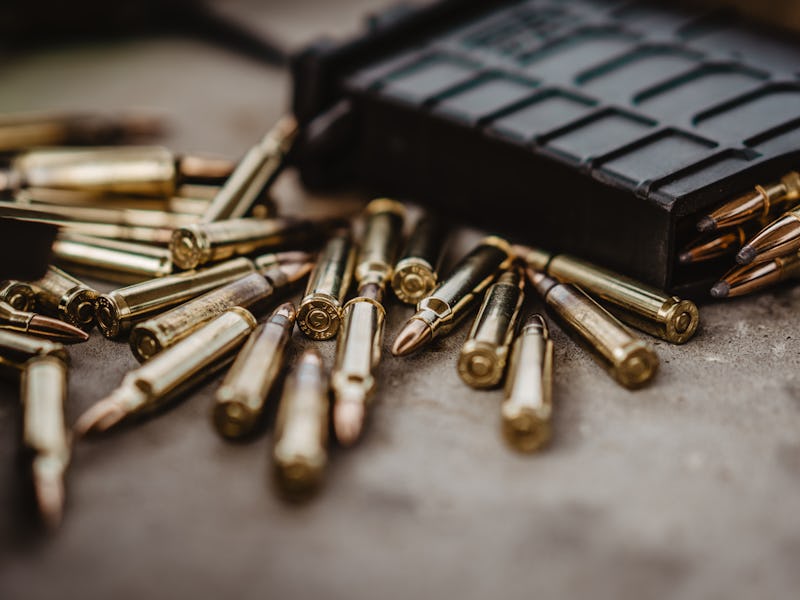Controversial Approach to Gun Safety Links Gun Storage With Fewer Suicides
Is education enough to prevent suicides?

As suicide rates continue to rise around the world, public health experts are desperate for solutions. The situation is particularly serious for military service members in the US, with suicide rates reaching their highest point in 18 years in 2018, according to the Defense Department. Research published Friday in JAMA Network Open suggests that firearm storage could play a crucial role in preventing suicides, but critics are raising serious concerns about the approach.
The paper presents evidence that military personnel who had recently had thoughts of death or self-harm were significantly less likely than their peers to keep firearms in their homes. But among those who did keep firearms in their homes, those with a history of such thoughts were only about half as likely to store their weapons safely.
In the survey, which involved data on 1,652 active-duty military personnel collected over 37 months, “safe storage” meant unloaded and locked up. Military personnel at high risk of self-harm were unlikely to store their weapons in this way.
“This highlights the importance of emphasizing safe storage of personally owned firearms, including temporary removal of access to firearms for high-risk personnel,” write the authors, led by Craig J. Bryan, Psy.D., an associate professor of clinical psychology at the University of Utah.
Military personnel with histories of suicidal ideation were more likely to store their firearms in an unsafe manner.
Previous research strongly supports the idea that easy access to firearms is a major contributing factor in fatal acts of self harm.
For example, a 2007 paper in The Journal of Trauma showed that households in the US with firearms had higher rates of suicide. Research specifically focusing on military personnel has identified a similar correlation.
The Department of Defense Suicide Event Report for 2017, released in July 2018, showed that guns accounted for 65.4 percent of deaths by suicide among military personnel in 2017. The previous year’s edition of that report showed that 95 percent of military suicides involved firearms.
For many distressed individuals with thoughts of self harm, even relatively minor delays or barriers to access can make a substantial difference in the likelihood that they complete the act. For instance, a 2015 study in JAMA Pediatrics showed that restricting teenagers’ access to guns could help prevent teen suicides.
But other data sources suggest that safe storage might not go far enough.
A 1991 paper in JAMA showed that the availability of a gun in a teenager’s home, regardless of the type of firearm or how it was stored, increased the risk that they would die by suicide.
The researchers behind the latest study, which was funded by the Office of the Assistant Secretary of Defense for Health Affairs, suggest that educating military personnel about safe firearm storage and potentially restricting access for those who are at highest risk could be effective avenues of reducing suicides among service members.
This approach echoes that of the American Foundation for Suicide Prevention, a national nonprofit that aims to educate gun owners about “suicide prevention, safe storage and removing access to lethal means, including a firearm, when someone is at risk.” Notably absent from this group’s mission or approach is any sort of legislation that would toughen gun control laws.
The group has drawn significant flak for refusing to advocate removing guns from homes, despite evidence that even safely stored guns can be deadly when a person is intent on self-harm. And while this latest study on military personnel was not affiliated with the AFSP, they share a similar approach toward guns: They acknowledge that guns are deadly to suicidal individuals, but they fail to offer solutions beyond education.
As Inverse recently reported, more effective gun control legislation would restrict access to firearms for people with a history of violence. Of course, this raises issues when it comes to the state-sanctioned violence of the military, but it could still offer a way forward that carries the force of law.